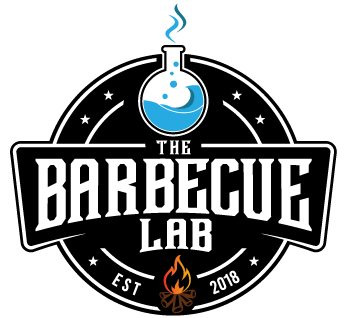Food Safety Statistics
(Updated July 2025)
Proper food handling techniques and adequate hygiene are imperative when cooking or handling food. There are 250 types of foodborne diseases and contamination can happen anywhere along the food supply chain. Storing food in proper temperatures, washing vegetables & fruits, checking expiration dates and thorough cooking are all ways to help prevent foodborne illness.
There are over 250 types of foodborne diseases
How many people are affected by foodborne illness in the United States?
1 in 6 people in America experience a foodborne illness each year, which is about 48 million people or 17% of people in the United States.
How many people are affected by foodborne illness worldwide?
Malnutrition, world hunger and food safety all go hand in hand. Many of the issues with malnutrition in 3rd world countries have to do with contaminated water, and access to clean water and hygiene practices make this a multi-faceted issue. It’s estimated by experts around 1 in 10 people worldwide get sick by food poisoning each year, and that 420,000 people worldwide die from contaminated food each year, with 125,000 of those people being children.
What percent of people get food poisoning?
Worldwide, around 10% of people get food poisoning per year.
What is food safety and why is it important?
Food safety refers to food being free from harmful pathogens and chemicals, thus safe for consumption. Safe handling and storage of food and taking proper measures to ensure food safety will decrease the risk of getting a foodborne illness.
Foodborne illness, often called food poisoning, is a real concern for anyone who eats food. Effects can range from diarrhea, vomiting, and dehydration, to meningitis and death, depending on what food is eaten or what it’s contaminated with. Food poisoning refers to becoming ill due to consuming food that has been contaminated, or consuming food with toxins already present in the food.
The main culprits of food poisoning in the United States are bacteria & viruses - like certain strains of e. Coli, salmonella, and norovirus. Other causes can be parasites, mold, and toxins in the food.
Like with many other infections, food poisoning tends to affect the more vulnerable populations more, including younger children, pregnant women, people who are immunocompromised, and the elderly. Children younger than 5 years old are 4-5 times more likely to get a bacterial infection from contaminated food they consume, and account for 40% of the deaths caused by food poisoning. Almost 50% of elderly people who get food poisoning will need emergency help.
The populations most at risk for food poisoning are the homeless, mentally ill, and those living in extreme poverty.
How does food get contaminated?
Food can get contaminated from a variety of different sources, since food is transported worldwide to get to the consumer. Fertilizer, slaughtering practices, and transportation and distribution offer a variety of entry points for the pathogen to get into the food. International food distribution has varying degrees of regulation, so it’s important for the consumer to be vigilant about hygienic practices. Practicing unsafe hygiene and storage methods are other infection points for cooks at home or at a restaurant.
The USDA is trying to limit 25,000 cases of foodborne illness by implementing stricter guidelines, which include stricter standards for salmonella and campylobacter.
Bacteria and other pathogens like to grow at between 40 degrees F and 140 degrees F. Ensuring your personal refrigerator is below 40 and you’re cooking meat thoroughly will help prevent food poisoning.
Industrial methods like irradiation and pasteurization are ways to help prolong shelf life and to keep pathogens from reaching the consumer.
The Center for Disease Control recommends 4 steps to prevent foodborne illness.

CLEAN
Wash your hands with hot water and soap for at least 20 seconds, clean surfaces adequately after handling raw meat and produce

SEPARATE
Use separate cutting boards and utensils for handling meat and produce.

COOK
to recommended temperatures for each type of food to ensure the pathogens are killed

CHILL
Thaw in the refrigerator, under running water or in the microwave. Put cooked food away in the fridge after 2 hours (or after 1 hour on really hot days). Leftovers should be stored in shallow containers less than 2 inches deep.
What are the most common foods that cause illness?
From 2009-2016, the CDC compiled data to show which foods were associated with food poisoning outbreaks from a single source. Below, you can see that fish and seafood, dairy, and meat are among the top offenders.
Type of Food | Percent of Illnesses |
|---|---|
Fish | 17% |
Dairy | 11% |
Chicken | 9% |
Beef | 8% |
Mollusks | 8% |
Pork | 7% |
Raw vegetable crops | 6% |
Fruits | 6% |
Other Foods | 6% |
Turkey | 4% |
The cost of dangerous food and food illnesses
Food Safety Statistics
Resources and Downloads
Data Sources
